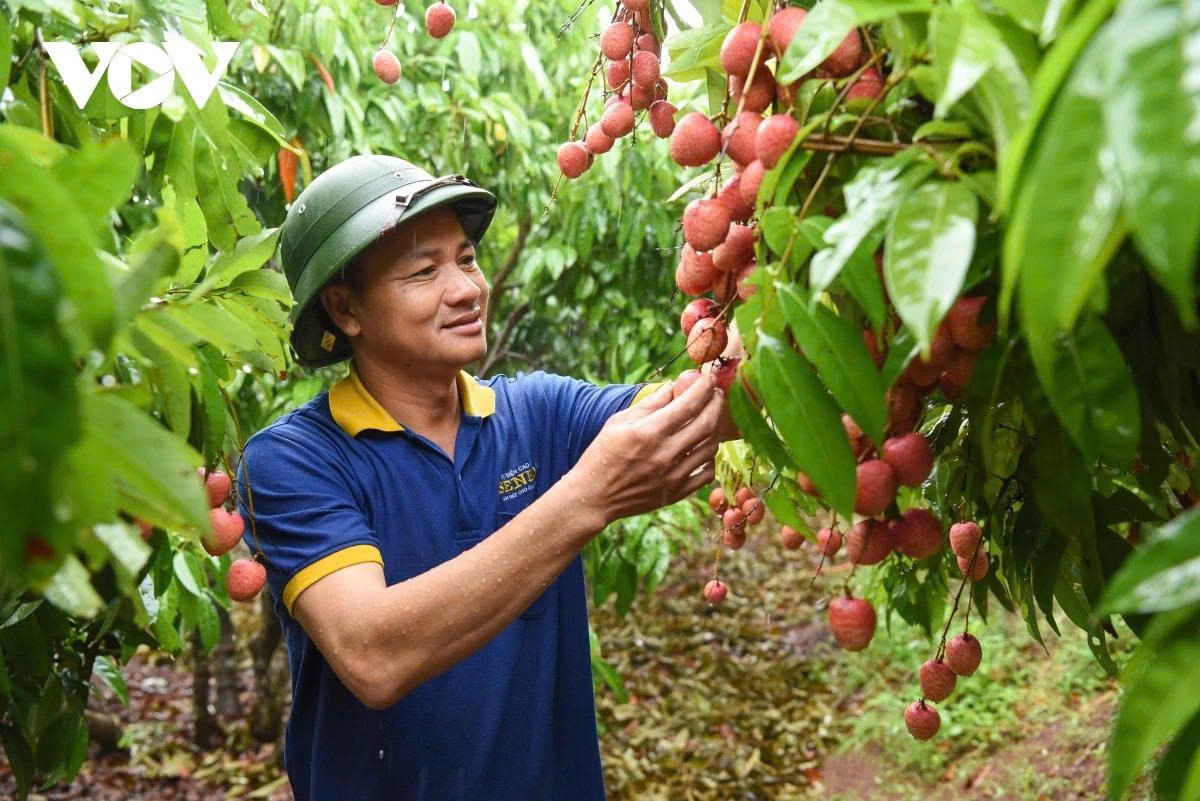Vietnam ranks second in global lychee production
VOV.VN - Vietnam ranks second in global lychee production, with its juicy fruit now present in more than 30 countries and territories worldwide, meeting the demands of the world’s most premium markets.

A recent report Lychee Market Size & Share Analysis – Growth Trends and Forecasts by Research and Markets shows the global lychee market is experiencing strong growth, projected to fetch US$8.79 billion by 2028 from US$6.73 billion in 2023, recording a compound annual growth rate (CAGR) of 5.5% during this period.
China remains the world’s largest lychee producer and exporter, with an annual output of around 2 million tonnes, shipping to major markets including the United States, Canada, the European Union, Hong Kong (China), Singapore, Indonesia, the Philippines, and Malaysia.
Vietnam holds the second position globally and is steadily strengthening its foothold in the global lychee market. In 2025, the country is expected to harvest approximately 303,000 tonnes, marking a 30% increase compared to 2024.
Vietnamese lychees are now available in more than 30 countries and territories, meeting the standards of premium markets. Key export destinations include China, the United States, Japan, and the European Union. Vietnam is heavily investing in quality improvement and logistics infrastructure to boost its global competitiveness.
According to Nguyen Van Tho, a trade official at the Department of Industry and Trade of Bac Giang province which is Vietnam’s largest lychee producer, many businesses are placing large orders of Vietnamese lychees for high-end markets, including 200 tonnes to the EU, 150 tonnes to the US and Canada, 200 tonnes to Japan, and 200 tonnes to Australia.
Vietnam currently has 469 lychee planting areas and 55 packing facilities certified for exporting the juicy fruit to China, Australia, Thailand, Japan, and the United States. These certifications have been issued to provinces such as Hai Duong, Bac Giang, Hung Yen, Dak Lak, and Quang Ninh.
However, with a total projected output of 303,000 tonnes and a relatively short harvest season, Vietnam needs to scale up post-harvest processing, including cold-drying, juice production, and whole-fruit freezing to add value and stabilise markets.





